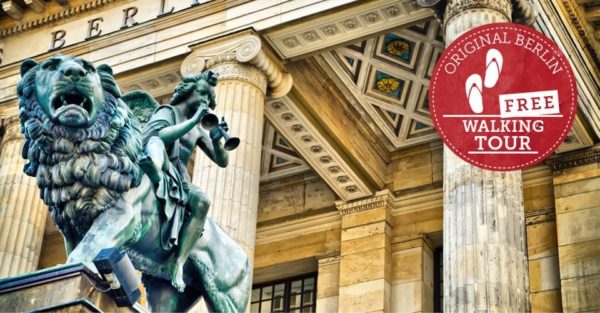Introduction to the Divided City
Berlin, the capital of Germany, is a city which, some years ago, was split by a wall that divided two different realities. Although the western side of the city thrived in a democratic system, there was communism in the eastern side. It is about time that we offer deep insights into the facts of East Berlin and let the story tell us more about its watery history in communism.
The Emergence of Communism in East Berlin
Following the II World War, Germany was divided into four zones of occupation by the Allies: the United States, the Soviet Union, France and United Kingdom. Berlin also was divided in to four sectors having situated itself deep inside the Soviet zone.
The relation between the Allied powers spiraled and in 1949 the Soviet union put up the German Democratic Republic [GDR, also referred as East Germany] which included East Berlin.
Life in East Berlin
As this is demonstrated, daily life in East Berlin is vastly different from that of the west, specially before the collapse of the Berlin Wall under the commencement of communism rule. The media was fully controlled, as were schools and economic activities, by the government.
While West Berlin was developing its economy through…. Capitalism and enjoying the freedom of democracy, East Berlin was facing an economic crisis, its shops were state owned, and there were few consumer goods.
The Berlin Wall
Because of this, the East German government put up this Berlin Wall in 1961 in a bid to stop as many individuals from fleeing to the Western countries. This concrete wall stretches 155 kilometers and isolated East Berlin from the rest of the world cut off family, friends, and loved ones for nearly three decades. It was quickly established as the world’s focal sign of division between the East and the West.
The outcome of the event was the demolition of the Berlin Wall in 1989 symbolising the collapse of communism, reunification of the two Germany and thus the end of GDR.
This section looks at the communist past of Berlin and in particular the legacy of communism in the city.
Thus, the physical division as well as the general division as seen by people is gone, however, there are still remnants of communism in East Berlin today. Even today, one can see plenty of buildings and neighborhoods in the latter still carry their socialist tones’, thus giving a symbolic farewell to the divided past of the city.
Potsdamer Platz – East of It and West of It
Potsdamer Platz, though one of the most popular sites of pre-World War II Berlin, was split by the wall and succumb to destruction. The area was almost entirely urbanized after the reunification which led to the development of a modern city of Architecture, performances, and business. For our peoples it symbolizes the potential of our city to rise from the ashes and come to life after chronic division.
Art Installation – East Side Gallery ….. a living monument
The East Side Gallery has become an outdoor museum where the remains of the berlin wall are painted with more than a hundred Global Gulche murals. This brilliant and colorful sculpture and has been stated to be the symbol of hope, liberation and the victory of the spirit over the tyrant.
Conclusion
The communism history of East Berlin still plays a significant role in the whole image of Berlin up to date. Division by the Berlin Wall drastically affected the community which later meant change when the wall came down. Currently, East Berlin is a colourful and cosmopolitan city, which has incorporated memories of its history into itself but where the future is also being built.
Table of Contents

